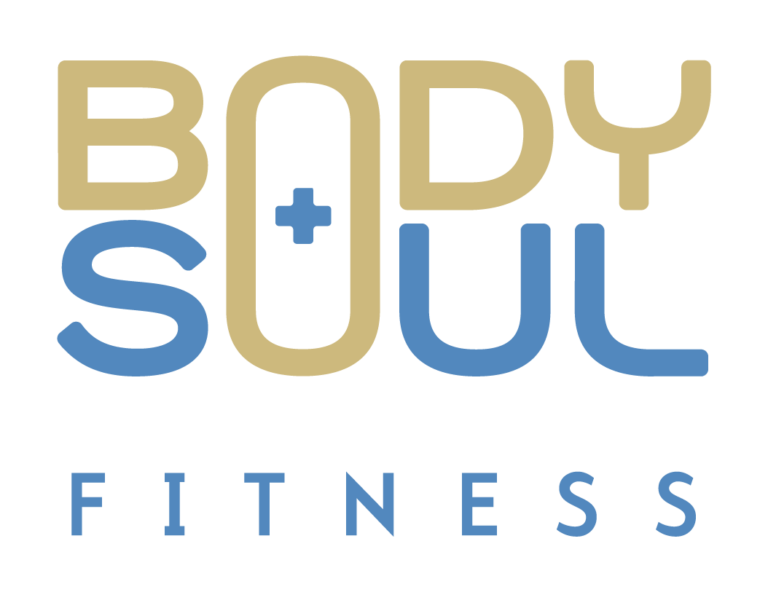Introduction
In the following series of videos we are going to be talking about the different Program Design Variables when it comes to your training. These variables are the foundation on which your results are going to be built.
These variables are going to consist of:
- The number of sets that you do of each exercise
- The number of repetitions that you do within each one of those sets
- The tempo at which each and every rep is going to be performed
- The amount of rest you take between your sets
- The load that you use for each exercise
Planning Your Workouts
Planning out all of this in advance is going to be very important for everyone so that you can make the most out of your time in the gym. That way you can get in, have a productive session, and go enjoy the rest of your day while still feeling good and knowing your efforts will be rewarded in time. This is going to ensure everything stays time efficient and respectful of the rest of your schedule and daily responsibilities.
Different Variables To Keep Your Workouts Productive
Another benefit to taking all of these different variables into consideration is so that you can get the most out of your training. We want to make sure you are able to stay productive throughout the week, so for that reason it’s very important to spread your work and recovery throughout. This will make sure that you go into each and every session and get the most out of it. The worst thing that could happen is you show up to your next workout and you’re still sore from the last workout, or you haven’t recovered enough and you’re not nearly as strong as you could have been if this had been planned out in advance.
Playing around with all of these different variables will let us really tailor your training towards your goals. We can really fine tune things to get the stimulus we want and move you closer to whatever it is that you care about, in the most effective way possible.
Quality over Quantity
A theme that is going to recurring throughout this entire series is going to be Quality over Quantity. I’m a big believer of working smart, not working hard. Of course the two can and should co-exist, but there needs to be a solid foundation first before you start building on it. That’s why we’ll keep coming back to this theme of high quality work before increasing the quantity of work. As we go through this series of videos you’ll be able to learn exactly how to manipulate these variables to get the most out of your training. Let’s get started, I’ll see you in the next one.
Asad introduces the importance of pre-designing your workout so that you can make the most out of your time in the gym and reach your goals quicker. He explores the range of variables this course will dive deeper into such as sets, reps, tempo, rest and load.
Asad answers this not-so-straightforward question by defining what exactly a rep is, introducing rep ranges and how you can use this method to optimize and progress in your workouts. He also touches on the relationship between reps and load.
Did you know that the order in which you perform your sets is critical to your performance? Asad explores how to organize your sets in a certain sequence, in terms of intensity and difficulty, to get the best results and avoid injury.
Asad reviews the various types of sets that exist and which you should use depending on your workout type and goals. He discusses straight sets, supersets, tri-sets and circuits.
Setting a tempo for your workout is one of the most overlooked variables. Asad defines what setting a tempo for your workout really entails, and how you can use it to make the exercises you already know, feel completely new.
Did you know you can change how an exercise feels and what it does to your body just by varying the tempo? Discover how altering the tempo can produce a different kind of result and can bring about potential weaknesses and imbalances.
Rest and recovery are commonly misunderstood and misused. Asad explores common mistakes in regards to rest periods and different considerations that need to be made to ensure you are getting the biggest return on your effort.
Asad reviews general guidelines you can implement into your training, to ensure you are getting optimal rest. He discusses how the amount of rest is dependent on what your goal is at that time, and how you're performing the exercise.
Asad defines load and how it directly relates to the other variables covered thus far: reps, sets, tempo and rest. He highlights the value of thinking beyond just the amount of weight you lift in any given exercise.
Have you ever been stuck on a certain weight and can’t seem to go heavier? Does this mean you’ve reached the ceiling to your strength? Asad explores how you can combine variables, like tempo and reps, to avoid plateauing and increase the weight in your exercises.
To sum up this series, Asad recaps all the variables you should consider when designing a training program. He defines progressive overload and emphasizes the importance of the variables covered in this series and how to use them in synchrony with one another.

